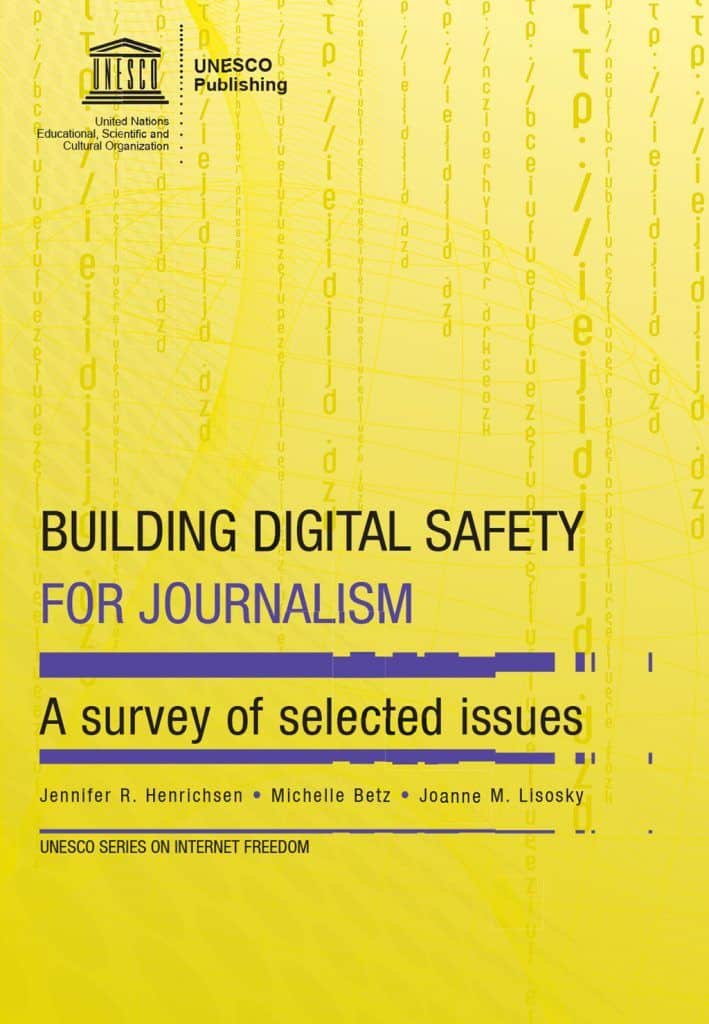Building Digital Safety For Journalism
Journalists fearing digital threats can now find a path between feeling either apathetic or immobilised, thanks to a new study by UNESCO titled Building digital safety for journalism: a survey of selected issues.
The new report analyses and explains 12 key digital threats to journalism, ranging from the hacking of journalistic communications, to Denial-of-Service attacks on media websites.
It takes an inclusive approach that is relevant to any actor who is in danger of being targeted for doing journalism. Indeed, many points made are also of direct relevance to human rights defenders in general and to people who are sources for journalists.
Journalists are recommended to “acknowledge that security is always a trade-off of resources and prioritize security needs based on individualized risk assessment – avoid the extremes of paranoia on the one hand, and a sense of futility on the other”.
The report advises: “Treat digital hygiene as a habit and practice.” A range of points is provided that cover preventive, protective and pre-emptive steps to protect journalists from digital threats.
Specific recommendations are proposed for governments, technologists, journalism trainers and civil society organisations.
It is underlined that digital security training needs to go beyond technology to empower journalists with knowledge the UN Plan of Action on the Safety of Journalists and the Issue of Impunity, as well as key resolutions passed within the UN system.
The holistic approach to training proposed by the report covers the importance of including pyscho-social considerations in any courses. A chapter on gender in the study assesses how women journalists are especially targeted by digital threats.
